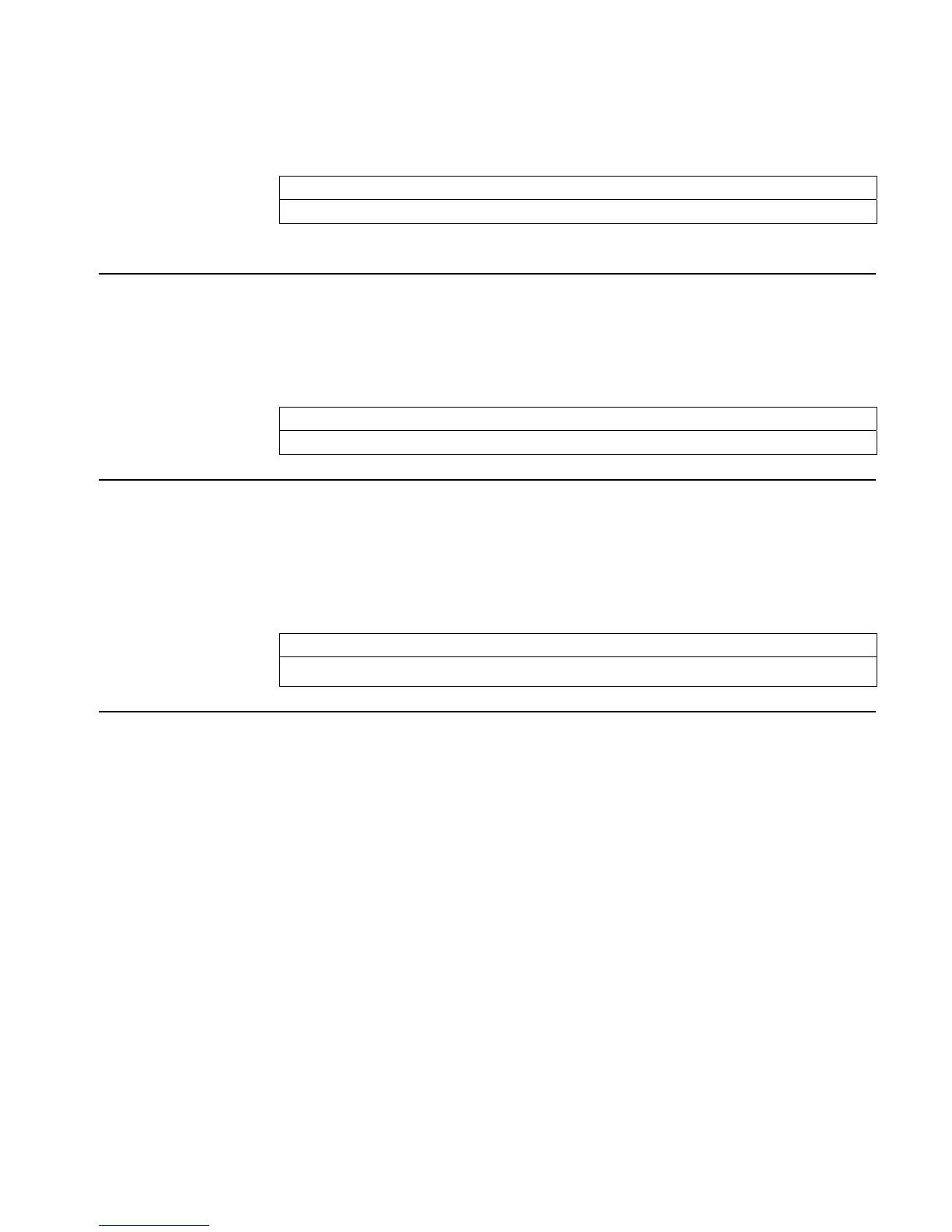Full Command and Function Reference 3-67
Description: Font Function: Returns the system FONT8 object. You use this in conjunction with the
→FONT command to set the system font to type 8.
Access: …µ
FONT8
Input/Output:
Level 1/Argument 1 Level 1/Item 1
→
Font object
See also: FONT6, FONT7,
→FONT, FONT→
FONT→
Type: Function
Description: Returns the current system font.
Access: …µ
FONT→
Input/Output:
Level 1/Argument 1 Level 1/Item 1
→
Font object
See also: FONT6, FONT7, FONT8, →FONT
→FONT
Type: Function
Description: Set font Function: Sets the system font. You use this in conjunction with one of the three font
commands to set the system font. Valid input is any font object (TYPE 30) of size 6, 7, or 8.
Access: …µ
→FONT
Input/Output:
Level 1/Argument 1 Level 1/Item 1
Font object
→
See also: FONT6, FONT7, FONT8, FONT→
FOR
Type: Command Operation
Description: FOR Definite Loop Structure Command: Starts FOR … NEXT and FOR … STEP definite
loop structures.
Definite loop structures execute a command or sequence of commands a specified number of
times.
• A FOR … NEXT loop executes a program segment a specified number of times using a local
variable as the loop counter. You can use this variable within the loop. The RPL syntax is this:
x
start
x
finish
FOR counter loop-clause NEXT
The algebraic syntax is this:
FOR (counter,x
start
,x
finish
)loop-clause NEXT
FOR takes x
start
and x
finish
as the beginning and ending values for the loop counter, then
creates the local variable counter as a loop counter. Then, the loop clause is executed; counter
can be referenced or have its value changed within the loop clause. NEXT increments
counter by one, and then tests whether counter is less than or equal to x
finish
. If so, the loop
clause is repeated (with the new value of counter).
When the loop is exited, counter is purged.
• FOR … STEP works just like FOR … NEXT, except that it lets you specify an increment
value other than 1. The syntax RPL is:
x
start
x
finish
FOR counter loop-clause x
increment
STEP
The algebraic syntax is:
